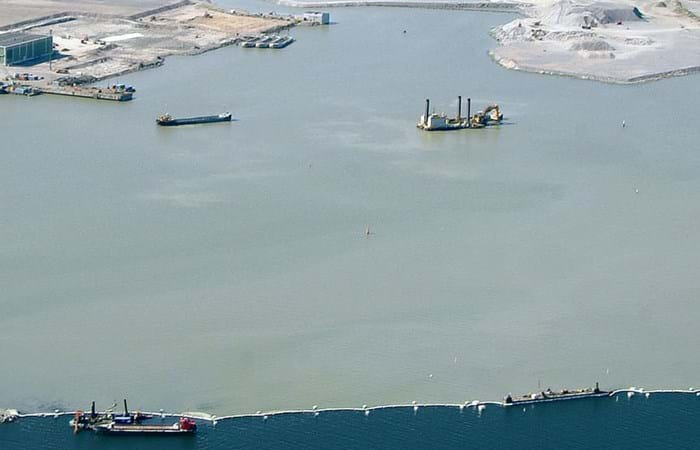Vuosaari Harbor is the most significant harbor project in Finnish history; in fact, it is unique even on a European scale. Both existing harbors in Helsinki’s city centre are being transferred to the eastern outskirts of the city. They are being replaced with a harbor with excellent traffic connections that can meet the increasing demand for cargo handling. The Vuosaari Harbor Center will provide a competitive and modern service package, with smooth connections between harbor operations and other logistical facilities. The harbor center will comprise the gate area, the closed harbor area and the adjacent Business Parks. The fairway to the Harbor Center will be 32 km long, at least 200 m wide, and 11 m deep. The port area comprises 150 ha, of which 90 ha will be land reclaimed from the sea.
The total value of the Vuosaari Harbor projects executed by Terramare is nearly EUR 120 million. Terramare, the Finnish member of the Boskalis group, constructed most of the retaining quay walls and all four jetties. These turnkey contracts included the casting of quay elements (108,100 m3), their installation and the construction of coping beams (3,440 meter). Terramare was also responsible for most of the dredging works in both the basin and the channel, including the drilling & blasting of the solid rock in the seabed.
